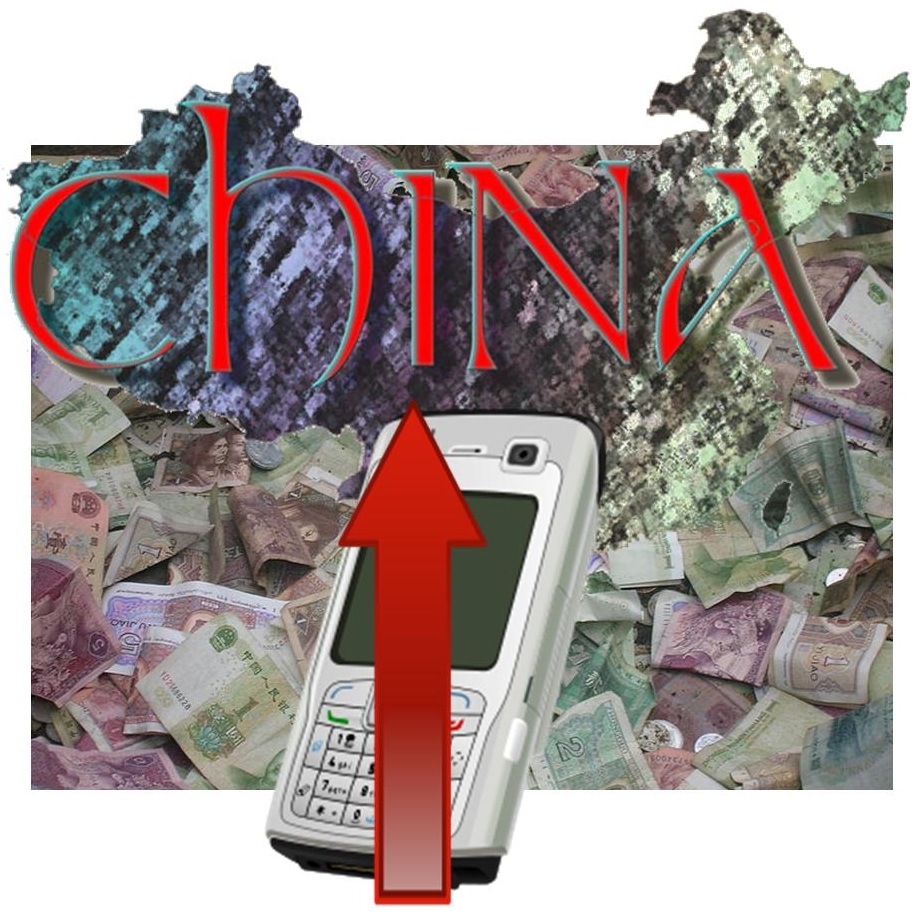 Mobile commerce sparks major growth in the retail sector
Mobile commerce sparks major growth in the retail sector
E-commerce is growing in China, backed heavily by an interest among consumers in mobile commerce. Jingdong Mall, the country’s largest online retailer, has announced receiving more than $700 million in funding from a consortium of investors that are interested in the company’s prospects in e-commerce. The funds are expected to help expand the company’s digital operations and new business ventures. Jingdong Mall is not the only retailer that has been seeing heavy investment activity recently. Several others have been finding success through a stronger focus on mobile commerce and the consumers enthralled by mobile technology.
Transaction volume growing quickly due to online shopping
According to a recent report from the E-Commerce Research Center, digital payment volume in China’s retail sector has been growing aggressively. By the end of December, 2012, online transaction volume in the retail market reached more than $160 billion, a growth of more than 64% over what this volume had been in 2011. The number of online shoppers has also increased in the country, reaching 247 million consumers by the end of 2012. Many of these consumers made purchases throughout the year using their mobile device.
Consumers show favor for mobile shopping
The growth of mobile commerce and e-commerce is expected to have a significant impact on physical retailers in the coming years. Many of these retailers in China has begun making the transition toward e-commerce, with tentative plans to abandon their old brick-and-mortar shops at some point in the future. Those that have no plans to embrace e-commerce may find some success through the adoption of mobile commerce, but this success may be short lived as consumers begin to favor online platforms for shopping.
Internet connection proves to be a problem for mobile commerce
The development of mobile Internet continues to gain speed in China. As consumers gain access to better Internet connections, they will be more likely to participate in mobile commerce. Currently, slow load times for e-commerce sites and digital retail services keep many consumers from participating in mobile commerce. The retail sector is working to alleviate this issue, however, in order to capitalize on the prospects of mobile consumers.

 Estimates reveal that these two operating systems have a 91 percent control over the market.
Estimates reveal that these two operating systems have a 91 percent control over the market.